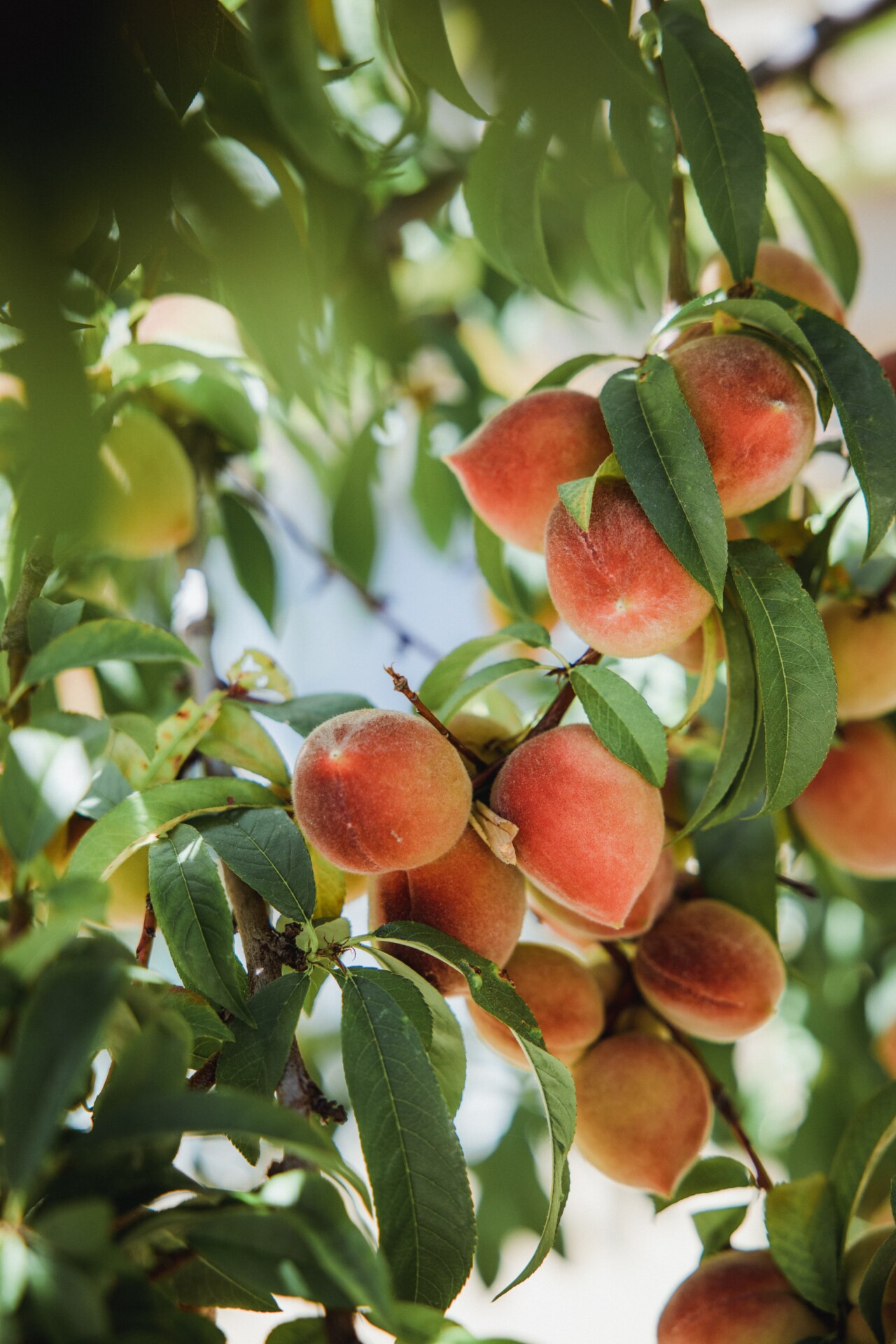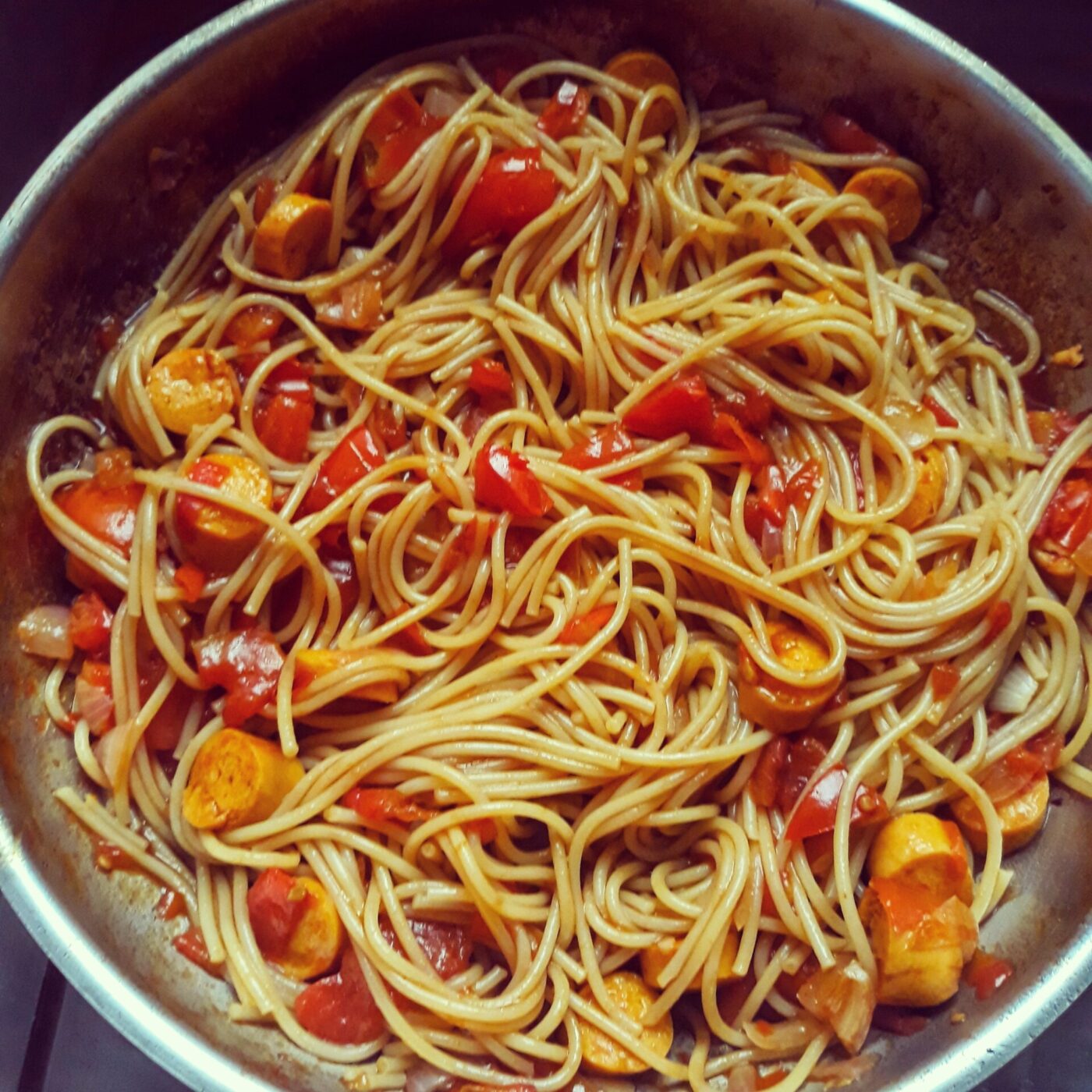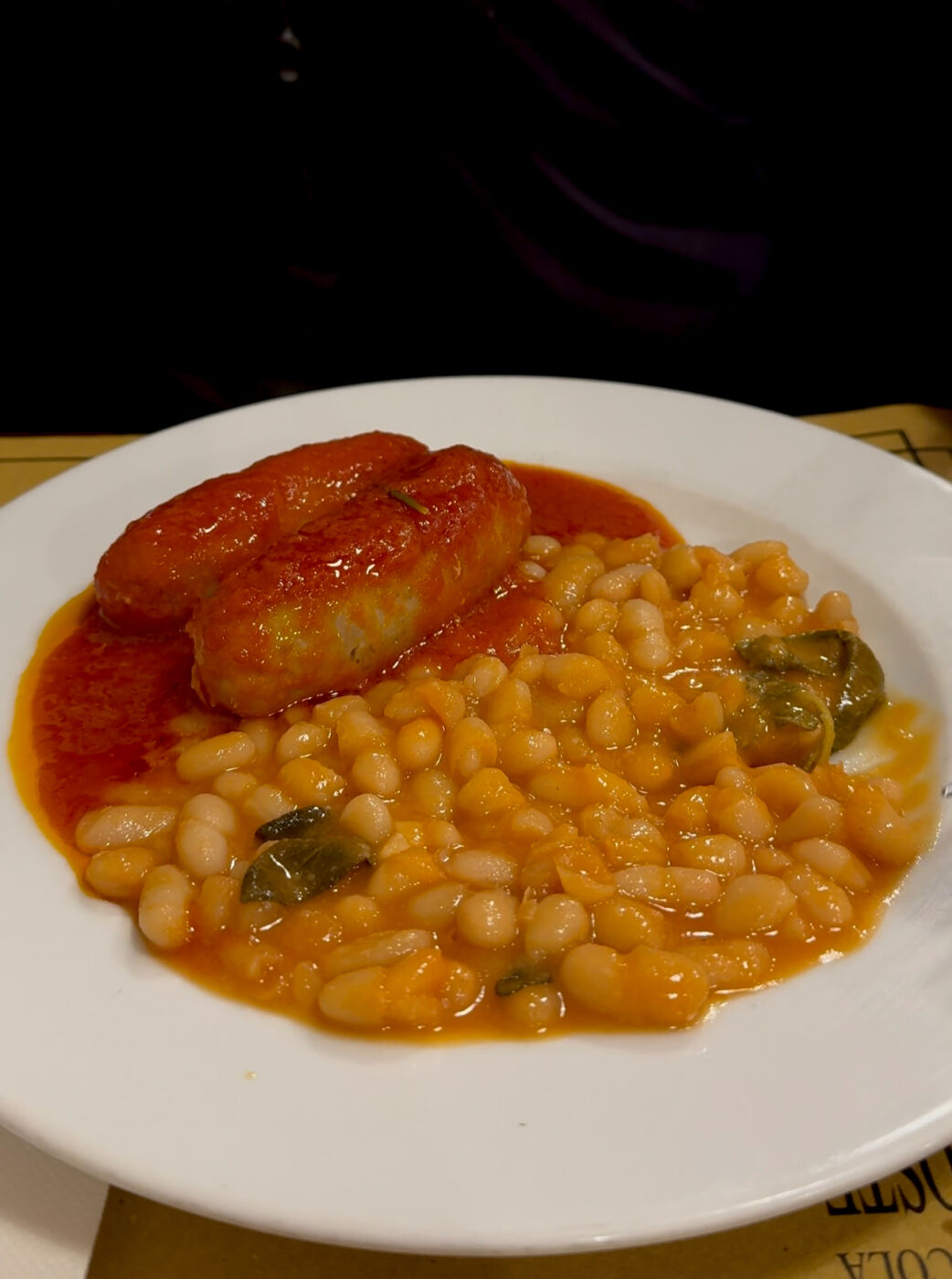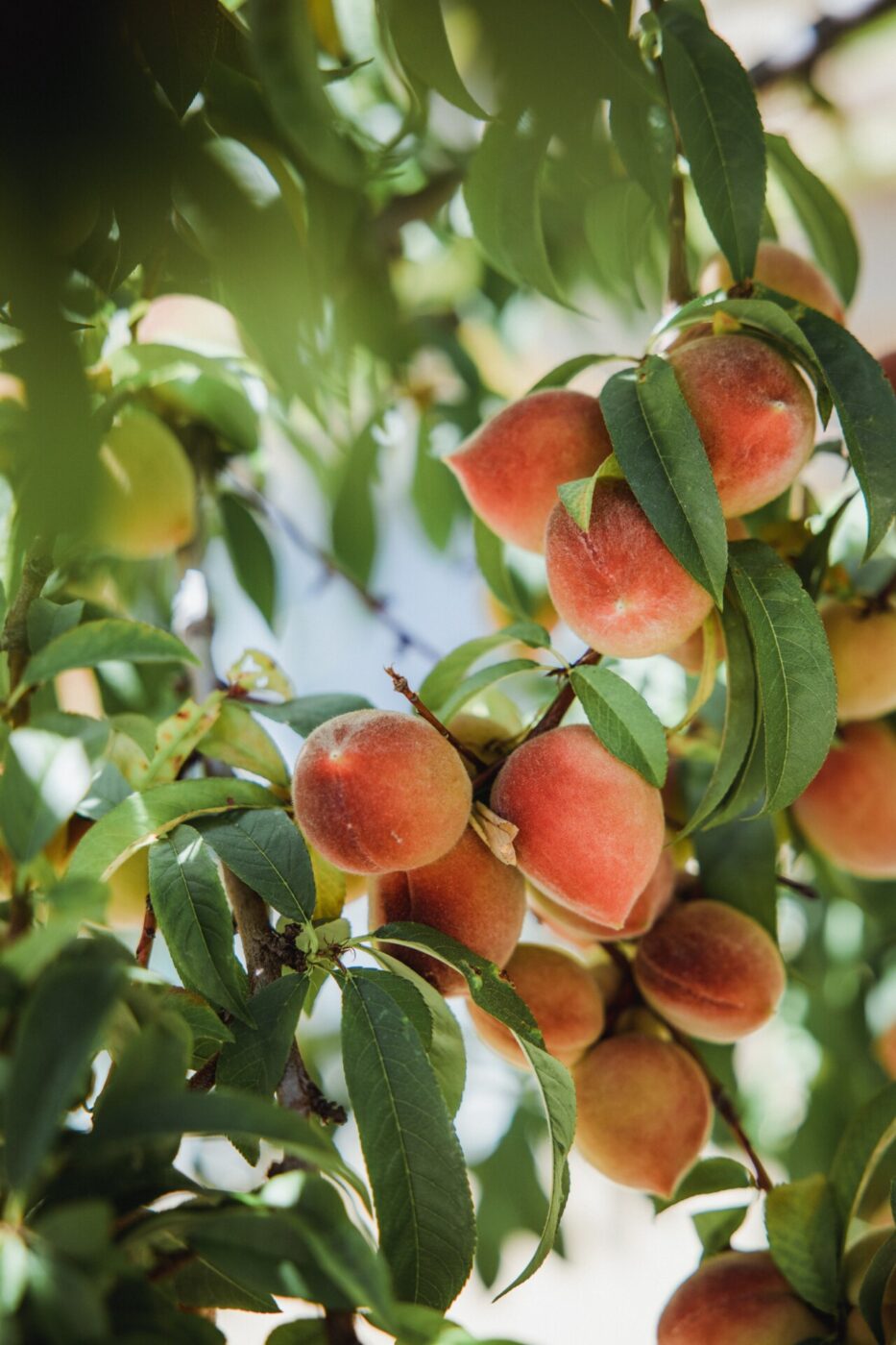We’ve said it before and we’ll say it again: food is more than just food. It’s identity, culture, family, home. And movie directors know it too. As such, food is often imbued with some pretty strong symbolism and is an agent for stories of poverty and wealth, comedy and tragedy, love and lust. Here, the 11 best scenes, featuring Italian foods, in both domestic and international productions:
La Grande Abbuffata (1973): Bavarese alle fragole
Four wealthy men decide to eat themselves to death and lock themselves in a farmhouse near Paris in this French-Italian film: the finale of this lethal, Lucullan meal–which includes liver pâté, tortellini with cream and mushrooms, crepes suzette and kilos upon kilos of meat–is bavarese alle fragole, a strawberry Bavarian cream pudding, shaped like a pair of breasts. At moments erotic (even explicitly so) and at others disgusting, the group’s consumption is meant to be a metaphor for capitalism, a system that increases consumption to the point where human life is no longer viable.
Ladri di biciclette (1948): Mozzarella in carrozza
In this film that marked the beginning of Italian neorealism, working-class father Antonio and son Bruno search for Antonio’s stolen bicycle–the lifeline to his job hanging posters around war-torn Rome. Each step of the exhaustive search for the bicycle sees Bruno’s innocence slip away, but when the duo stop to eat in a Roman trattoria–a rare luxury for their economic standing–Bruno regains his childhood, if only for a moment. Antonio sacrifices for his son, taking a break from their harrowing reality to order them mozzarelle in carozza (breaded and fried mozzarella) and wine. As Bruno takes a happy bite (creating an impressive cheese pull), he finally has a rare instant of normality, of carefreeness. But reality is knocking at the door and the snobby, privileged boy at the table over is served course upon course, while Bruno drops his meal back on the plate with wide eyes, realizing what it costs his father.
Bianca (1984): Nutella
In this comedy-mystery, Michele (played by director Nanni Moretti) is gripped by more than a couple hilarious food fixations (including the only right way to eat a Montblanc). In one scene, Michele wakes up in the middle of the night and starts eating the chocolate-hazelnut paste from an ironically-massive, meter-tall jar, spreading it on thick slices of white bread. Exaggerated sweets are a common trope in Moretti’s movies, whose love for desserts is so strong that he named his production company after his favorite cake–Sacher.

Miseria e Nobiltà (1954): Spaghetti pomodoro
Although released almost 10 years after the end of the war, Miseria e Nobiltà told the story of paralyzing hunger and misery that was still fresh in the minds of many Italians. When marquis Eugenio Favetti delivers a banquet to the penniless Sciosciammocca family in these unforgettable frames, the family’s deprivation is palpable. Although comedicaly ending with Felice (iconic Neapolitan comedian Totò) devouring a dish of spaghetti in tomato sauce with his hands, dancing on the table and stuffing the rest into his pockets, this scene struck a deep chord in the older generations.
Un Americano a Roma (1954): Maccheroni
In Un Americano a Roma, Nando Moriconi (Alberto Sordi) relentlessly pursues the American lifestyle, a dream of the postwar period during which Italians were obsessed with all things Americana–considered the height of coolness. The film parodies these stereotypes, including when Nando commits to a diet of Coca-Cola, burgers and gum. But this myth of American cultural exceptionalism falls apart in front of a plate of his mama’s spaghetti: Nando dives in with the rallying cry of “Maccarone: tu m’hai provocato e io me te magno!”

Salsiccie con fagioli
Le vacanze intelligenti (episode of Dove vai in vacanza?, 1978): Salsiccia con fagioli and pappardelle with hare sauce
Remo (Alberto Sordi) and Augusta Proietti (Sora Lella), two Roman fruit vendors, go on an intellectual “vacation” of museums, contemporary music and the Venice Biennale at the behest of their university-educated children–complete with a strict diet imposed by their future doctor son Cesare. The whole film is full of food scenes and references–what the couple dreams about eating, what they remember eating from childhood, etc.–but our favorite is when they stop for lunch post-diet–a scene typical of Sordi’s style that comedically parodies classism. Remo and Augusta land at a restaurant where the group of nobles at the next table make fun of them when they walk in. But as the couple begins to order cucina povera dishes–simple salsiccia con fagioli (sausage and beans) and pappardelle with hare sauce–the nobles look on with increasing interest, eventually ordering the same plates and, hilariously, eating the large sausages without cutting them. When it gets down to it, the nobles crave the same hearty simplicity; the working-class parents leave with the last laugh.
Call Me by Your Name (2017): The Peach
Peaches are everywhere in this coming-of-age, queer love story: bending the branches of orchards across the flatlands of northern Italy, piled high on the country house-style kitchen table, pressed into juices to counter the heat of the summer of 1983. But the most buzzed about scene of the entire movie is certainly when Elio (Timothée Chalamet), dressed in just his swimsuit, stews over his lustful meeting with Oliver (Armie Hammer) the night before. After picking a few peaches, Elio extracts the pit from one, the juice squirting onto his bare chest, inspiring him to sexually ~explore~ with the rest. We don’t know if it’s the juiciness, the shape or the fuzz, but peaches have long been an emblem of carnal impulses, but also of innocence and immortality, in the world of literature, art and Emojis. It’s a paradoxical symbolism, considering that the perfectly ripe summer peach exists for just a moment. The same may be true of Elio and Oliver’s love: fleeting, but also forever.

Big Night (1996): Timballo
It’s the 1950s and immigrant brothers Primo (Tony Shalhoub) and Secondo Pileggi (Stanley Tucci) open an Italian restaurant in New Jersey. Outcompeted by their trendy, Americanized Italian neighbor restaurant, the two, in the hopes of saving their business, produce a lavish meal to impress a famous Italian-American singer. Their crowning achievement is a perfect Abbruzzese timballo–a large baked pasta, shaped like a drum, filled with meat, cheese and hard-boiled eggs. A film that explicitly grapples with how food is an expression of identity and ethnicity, Big Night is an authentic snapshot of how culinary culture gets adapted, lost and refound through immigration.
The Apartment (1960): Spaghetti and meatballs
Although we can’t condone Bud’s (Jack Lemmon) overcooked pasta, which he goes so far as to rinse–never do this, unless you want to lose all the silky-sauce-creating starchiness!–this scene still makes us smile: while preparing this Italian-American dish in a teeny NYC apartment kitchen, Bud uses a tennis racket as a pasta colander.
The Godfather (1972): Clemenza’s sugo and cannoli
This crime classic is filled with as many mouthwatering meals as grisly shootouts, but there are two scenes that stand out. The first is when Clemenza teaches a young Michael Corleone (Al Pacino) how to make tomato sauce with meatballs: “You see, you start out with a little bit of oil. Then you fry some garlic. Then you throw in some tomatoes, tomato paste, you fry it; ya make sure it doesn’t stick. You get it to a boil; you shove in all your sausage and your meatballs; heh…? And a little bit o’ wine. An’ a little bit of’ sugar, and that’s my trick.” The second is when Rocco shoots Paulie–who had been driving through a wheat field–in the head and is ordered by Clemenza to “Leave the gun. Take the cannoli.” (If you can believe it, an improvised line!) Rocco pulls a pristine white box, tied up with twine, out of the passenger seat.
Despite their spine-chilling conduct, the family clearly shares a tenderness towards food: a strong source of identity, the many meals throughout the film tie the family together and anchor them to their heritage.
Lady and the Tramp (1955): Spaghetti and meatballs
Is there a more iconic spaghetti scene than the one from the Lady and the Tramp? It hardly needs describing, but the moment in which Lady and the Tramp slurp on the same long noodle, meeting in the middle for their first kiss, is more than just cute. As the two dogs–from different sides of the tracks–nuzzle over the checkered table, we’re reminded how strong of a uniting force food can be–a power that Italians know well. (Lady and the Tramp took 20 years to make: animation has come far since 1955!)




